In 2016, CES attracted 4119 exhibitors from more than 200 countries and regions in the world, including more than 600 companies from China. This year's CES is also called the TV industry's collective impact on the 8K market. From the first day's press conference, it can be seen that public pursuit of new display technologies is more urgent. TV companies from China and South Korea once again launched different technology products in January 2016. As a regular customer of CES, television has become a mature product.
Domestic and foreign television companies such as LG, Samsung, Sony, TCL, and Hisense have come to CES with their new products. On the first day of the show, there will be more than an upgraded version of OLED, SUHD, ULED, and many other display technologies. The perception is instantly enhanced, after all, seeing is believing. Seeing gorgeous and colorful content can make people feel better.
LG: 2.57mm OLED Aggregate Design Breaks New Boundaries
The release of OLED new products is not expected. We did not expect LG to make the thickness of the civilian grade of OLED products thinner again, only 2.57mm, which has never been in the industry. Among the LG Signature high-end home appliance series, OLED TV products are expected as the top product of this conference, and this time the technology upgrade is leaps and bounds with more display technologies and processes.

Star Top of OLED TV
The screen thickness is LG has done 2.57mm. It should be called the current world first, OLED as a next-generation display technology completely subvert the perception of the TV, such thickness is far behind. At the press conference, the designer responsible for Signature TV subsequently performed a comprehensive analysis. The new OLED TV has a screen that is too thin. In order to not affect the overall product appearance, the integrated ultra-narrow speakers are not used in the drive section. It appears to be too bloated, and at the same time, it has increased display processing capabilities. The artistry of the visualization and the absence of light leakage are all new OLED enhancements.
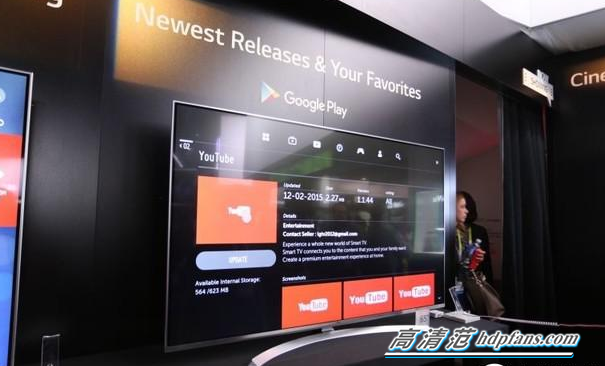
Newly equipped with smart system webOS 3.0
OLEDs are darker, darker, and brighter. The new high-end OLED TVs are made of lighter materials. In the live demonstration, one hand can easily push, and the difference between SDR and HDR is explained on site. Better reflection efficiency can provide better color output, so the new LG OLED TV can provide richer colors.

Only 2.57mm SIGNATURE OELED TV
Next, the senior executives from partners such as Dolby Display and UHD Alliance came to the stage to explain the effectiveness of the alliance with LG, and the combination of Dolby's proud HDR effect and OLED is even more perfect. The original color that is not clear enough is better presented. For the display of the display effect, HDR of the new OLED technology can achieve over 20 or more than 14 grayscale blocks of the LCD, and the original black field effect of the OLED can better display the color blocks. At the same time, UHD Alliance has more content providers that can provide a richer visual feast.
On the first day of the museum's opening, two of LG's top models, the UH9500 and UH9550, took the lead, using the industry's most advanced IPS display, equipped with innovative technologies including True Black Panel and Contrast Maximizer. The proprietary True Black Panel minimizes reflections and enhances contrast for a more comfortable viewing experience, while the Contrast Maximizer increases the depth and contrast of the picture, allowing a clear distinction between the displayed object and the background.

98-inch 8K super UHD TV
The 98-inch 8K TV displayed on site is another treasure of the LG Pavilion. As an era when 4K is now popular, 8K has taken a big step toward us. As the world's top display equipment manufacturer, LG can bring the fastest and most stable 8K TV products.
Samsung: SUHD upgrades quantum dots
Samsung 2016's new SUHD TV uses quantum dot display technology to deliver an unmatched picture quality experience. Not only that, the new SUHD TV has also launched an unprecedented non-border surface design, so that the beauty of the picture can be perfectly reflected from any angle. SUHD TV will also bring a new smart user experience, allowing consumers to enjoy all entertainment content more conveniently through one device. In addition, all 2016 SUHD TVs will have built-in IoT hub technology, making TV the control center of the entire smart home.
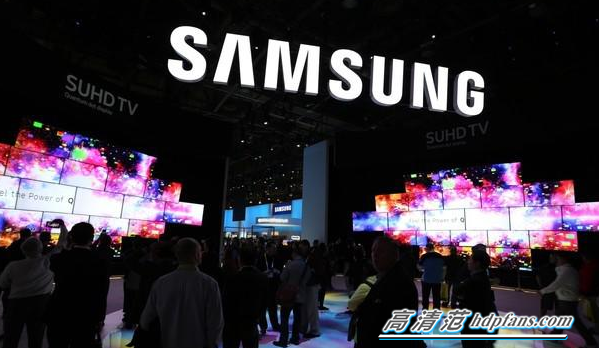
The huge Samsung booth is surrounded by SUHD TV
Samsung 2016's new SUHD TV adopts the world's only environmentally friendly cadmium-free, 10-bit quantum dot display, bringing the most realistic picture quality enjoyment, creating amazing brightness, excellent contrast and unprecedented vivid colors.

Latest SUHD TV Products
According to a recent consumer survey, the vast majority of Americans watching TV at home are on a light (86% on TV lights on weekdays, 85% on weekends), and only a small percentage of people are in a dark environment. Watching TV (the ratio of watching TV on the working day is 14% and the weekend is 15%). Samsung's new SUHD TV provides an optimized viewing experience in any lighting environment.
This year, Samsung's new line of SUHDTV products will bring an ultra-high dynamic range (HDR) viewing experience, using a 1000 nit HDR technology to create a stronger contrast between light and dark images. The new ultra-black technology significantly reduces light reflection and glare, further enhancing the picture quality. It is reported that super black technology is derived from the inspiration of nature, as the eyes of moths can receive natural light at night to see more clearly.
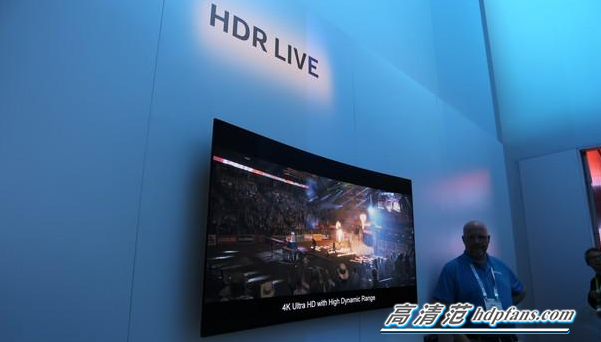
HDR became standard
Since the introduction of the world's first curved surface television four years later, Samsung has once again introduced the world's first non-border surface-curved TV-SUHD TV KS9500, bringing consumers unprecedented immersive visual experience. The borderless design makes it easier for the viewer to focus on capturing screen content. Keeping this idea in mind, Samsung removed all unnecessary elements and even removed the screws on the back, only to create a 360-degree stunning scene.
Sony: 4K HDR is better equipped
HDR shines at CES2016, and 4K+HDR boosts the quality of ordinary high-definition video to a new level, and Sony naturally does not fall behind. Sony announced three new 4K+HDR products at the CES2016 Sony conference. Sony said that it is hoped that these new products will allow users to see better than the standard HDR effect.
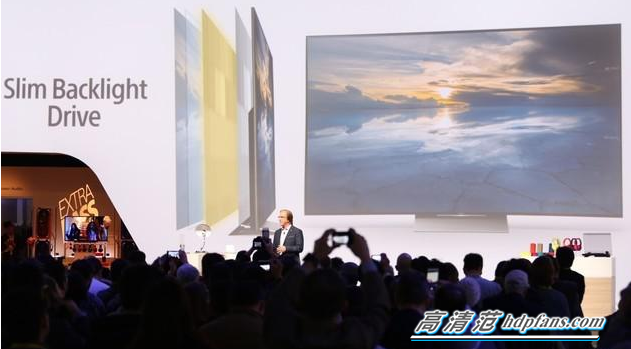
Sony's new slim backlight drive technology
The new products released by Sony include a 75-inch XBR-X940D series, two 55- and 65-inch XBR-X930D series, and four 55, 65, 75, and 85-inch XBR-X850D series. The operating systems are Android TVs. HDR uses Sony's own Triluminos technology. The difference is that the XBR-X850D series does not use X-tended dynamic range adjustment technology.

Wall gap is smaller
If these are literally impossible to exhibit the shock of "black technology," the ultra-thin backlight drive technology of the XBR-X930D series can be used to perform local dimming via a grid array, that is, to reduce the thickness without reducing the backlight, in combination with X- The tended dynamic range adjustment technology can display purer black and more vivid colors than existing standard HDR televisions.
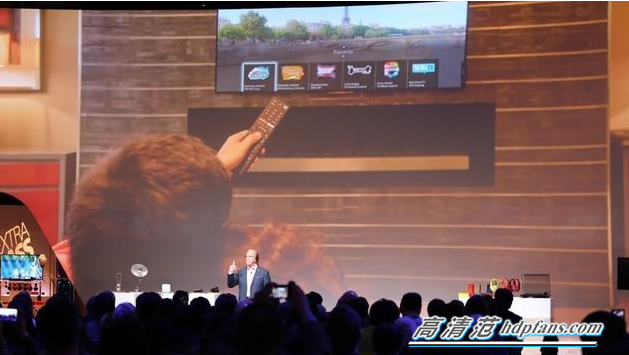
The installation of smart systems became standard on Sony TVs
HDR is the future trend, but the lack of content does affect the popularity of HDR. Sony said that they are solving this problem with the Ultra application, which allows users to purchase HDR content and content streams on Sony TVs running Android TV, to some extent alleviate the problem of missing content. And the Ultra application will go online at a later time.
TCL:QUHD new arrivals show the strongest colors
The QUHD series, represented by the X1, truly interprets what is meant by the future of television and allows consumers to enjoy the ultimate picture quality experience of next-generation TVs in advance. “ Industry experts said that X1 has the industry's highest 110% color gamut, the greatest degree of restoration of natural colors; has more than 1024 times the brightness of the control of ordinary television control accuracy, achieved a peak-level color control effect; has 5-10 times beyond the traditional TV The 10 million to 1 dynamic contrast ratio, X1 brightness range close to the limits of human perception.X1 set of the most advanced audio-visual technology in one, equipped with the industry's top hardware configuration, Black Crystal ultra-clear panel, Harman Caton S Class surface acoustics, as well as the flagship TV of the TV+ OS3.0 intelligent system, bring the ultimate home entertainment experience.

TCL QUHD Technology TV
X1 owns TCL's exclusive and patented quantum image processing engine, excavating the features of quantum display in depth, and bringing better display results. The quantum image processing engine is mainly composed of 5 major technologies. TCL enjoys 8 unique patents, among which the accurate color reproduction technology can establish a one-to-one mapping between the source color gamut and the display color gamut to perfectly reproduce the color itself; The S2H dynamic upgrade technology enables the ordinary SDR film source to exhibit HDR features even when playing on an HDR TV.
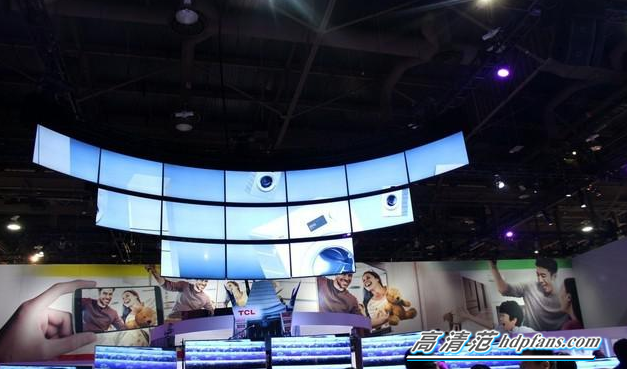
Curved video wall
“Implementing innovation from the source of basic materials is the most significant symbol of 'singularity innovation'. “QUHD uses quantum materials with great potential to achieve breakthroughs in display technology from micrometers such as OLEDs and ULEDs to QUHD nanometers. It not only brings a purer light source than OLED mixing, achieves the highest 110% NTSC color gamut in the industry, but also has finer color control. It can be said that on the core key indicators, QUHD has broken through the advantages of existing display technologies.
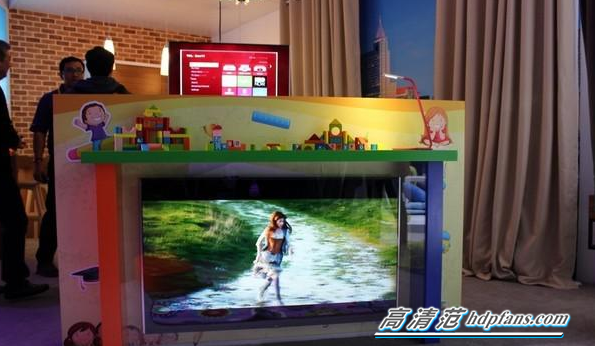
Broadcast of 3D programs
In addition to the advantages of quantum materials, QUHD combines the industry's most advanced multi-image processing technology to achieve the ultimate enhancement of TV picture quality, which is also a concrete manifestation of "singularity innovation." Industry experts believe that TCL insists on image quality as the core, combining the industry's most advanced HDR image quality processing technology, local dimming partition control technology, the strongest on-the-spot View Gold's golden curvature, the world's top black crystal screen, etc. , Contrast, detail processing and other dimensions, to achieve a comprehensive improvement of picture quality, all-round protection of world-class quality experience.
Hisense: overseas layout reshape new ULED shielding keywords popular
In the current CES exhibition hall, Hisense brought the latest 8K ULED smart TVs to users around the world. Both in terms of color performance and clarity, Hisense has performed well. It is understood that Hisense's 8K ULED smart TV released this time includes super-intelligent peak backlight, nano-quantum dots, high color gamut and other super intelligent backlight control system, relying on 244 independent partitions, through the intelligent algorithm to make the contrast peak , highlighting the layering of the image, to bring consumers a new visual feast.

Hisense ULED TV Again Blooms CES
Hisense's 8K smart TV, this time, adopts an ultra-high resolution of 7680×4320, and its screen performance is 4 times that of 4k TV, which will provide users with a clearer visual experience. 2015 is the year of Internet TV. With the advent of a number of Internet 4K TVs, it will greatly promote the popularity of home HDTVs. The 8K ultra-high-definition smart TVs that Hisense will bring will also mean the next generation. The development trend of television.

Hisense 8K TV
In 2016, Hisense TV's full line of products, H3 to H10 totaled 22 TVs, almost all equipped with HDR technology, including the H10 series 65-inch TV, which is the flagship of Hisense's main push this year. H-type TV basically corresponds to domestic XT and K series TVs. At the same time, Liu Bin stated that before and after 2000, Sony was the dominant player in the field of professional display. The professional display field was one of the signs of testing the level of enterprise display technology. Hisense's industrial transformation will be an important extension. This year, Hisense's 12,000-square-foot display area at CES will also feature "professional display technology," displaying 8K resolution TVs, second generation laser TVs, and a series of ultra-thin, curved ultra-thin ULED TVs.
As the largest TV manufacturer in China, the popularity in the international market is getting higher and higher, and the new products in the blocked keyword market are basically the same as those in China. It is worth noting that, after Hisense acquired Sharp's TV business in the Americas, Sharp screened key regional high-end products and will also apply Hisense ULED technology. The Chinese original display technology is accelerating to sea.
LeTV: The first show of new Chinese companies is more favored for ultra-thin flat
"To the thin" is the current pursuit of the limits of television products, in 2014 CES, Sony X9000c TV to 4.9mm mm data to become the world's thinnest LCD LCD TV. One year later, this data was broken by LeTV. The thinnest point of the newly released 4th generation SuperTV Max65 Blade is only 3.9mm, which is currently the thinnest LCD TV in the world.

Letv 65-inch blade TV
Thin is only part of the TV. The LeStra 4 Max64 Blade adopts the LGD True 4K panel, supports 120Hz refresh rate, plus 5ms response time and wide color gamut screen, along with the emergence of high color gamut technology such as QD, RG phosphor, etc. Makes LCD closer and closer to OLED products in terms of technical specifications, achieving better contrast performance.
With the development of thinner TV sets, the design of the original sound quality part is greatly limited. The quality of the sound is closely related to the size of the sound cavity. Letv hope that through split design, not only can make ultra-thin TV products, but also can further enhance the product's sound quality experience.
The Ultra 4 Max65 Blade uses a split design, so its smart home center has also become the most configured product in the current TV market. First of all, he used Qualcomm Snapdragon 8094 chip, while configuring 4GB of DDR4 and 64GB mass storage (eMMC flsah), and support 802.11ac WiFi protocol. This became the highest-profile TV product on the market. The Super 4 Max65 Blade's sound system is also close to professional audio products, 2.0-channel sound system, 70W power, can reproduce every musical detail.